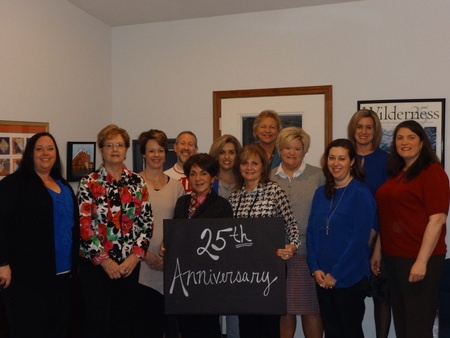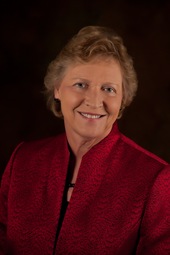
Maryhurst Identifying Strategies for Seamless Succession Planning
The first step to helping others in need is to surround them with the right people and resources.
This is the belief of Maryhurst, a Louisville-based child welfare agency, a last resort for girls ages 11-18 who have been physically, emotionally and sexually abused, and who have been in and out of foster homes their entire lives. 
Working tirelessly to end the cycle of abuse impacting teen girls, Maryhurst has gone one step above helping the teens rebuild their lives.
They’ve focused on attracting and retaining the most impactful leaders, which has been instrumental in the nonprofit’s success.
To do this, the 175-year-old nonprofit has regularly turned to Value Added Associate Elizabeth Jeffries for assessment training.
The goal has been for Maryhurst’s executive team and staff to better understand self and others, as well as determine which innate talents they bring to the organization.
Finding the Next Leader
More recently, Jeffries, a longtime volunteer who has also served on the board of directors for 10 years, has worked closely with the six-person executive team to identify proper job fit and strategies around succession planning for CEO Judy Lambeth. 
Lambeth is planning to retire in four to five years.
Working at Maryhurst for 40 years and serving as CEO for 25 years, she said identifying the right fit for CEO is important for an agency with a distinct culture and commitment to the community.
Her departure will inevitably cause current roles to shift and new ones to be created, especially as the nonprofit continues to grow.
“I think assessments are a great way to identify new ways to tackle reorganization efforts and to get people in the right place for them to grow in the future,” Lambeth said. “It takes away the guessing game and confirms what we may already know.”
Retaining Longtime Talent
While turnover at Maryhurst is low, Jeffries said it was critical for the executive team to develop a strategic plan.
“These employees are very mission-driven, and many of them have been in their jobs for 20 years or longer,” Jeffries said. “But some of them are now aging and eyeing retirement.”
The strategic planning has included TTI Success Insights’ TriMetrix® DNA assessment and job benchmarking to update the organizational chart and refine each individual’s roles and responsibilities.
Maintaining Community Support
Maryhurst receives 80 percent of its annual funding from the state of Kentucky and must raise $2 million — the remaining 20 percent — each year in donations to cover its annual operating costs.
Due to other deserving community nonprofits and people’s watchful spending habits, Jeffries said, retaining current employees and finding ones who understand the importance of fundraising remains of critical importance to Maryhurst.
Lambeth said role awareness remains key to ensure Maryhurst continues to receive community support. High utilitarian and social motivators are the main drivers for people wanting to become involved in Maryhurst’s nonprofit work.
Because jobs in the nonprofit sector tend to draw “certain kinds of people,” Jeffries said, TTI SI’s assessments have certainly validated “who they are and why they’re involved with Maryhurst.”
“Everyone at Maryhurst is motivated by what they do and are exceling in the right roles,” Lambeth said. “If people aren’t motivated by wanting to make a difference, they’re probably not going to stay that long in our agency.”
For Jeffries, who began volunteering with Maryhurst in 1978 when she moved to Louisville, the chance to make a difference in young girls’ lives and give back to her community is gratifying.
“They are all fabulous people,” Jeffries said. “Everyone involved with Maryhurst are high-level professionals who have huge hearts and truly care about the mission.”


